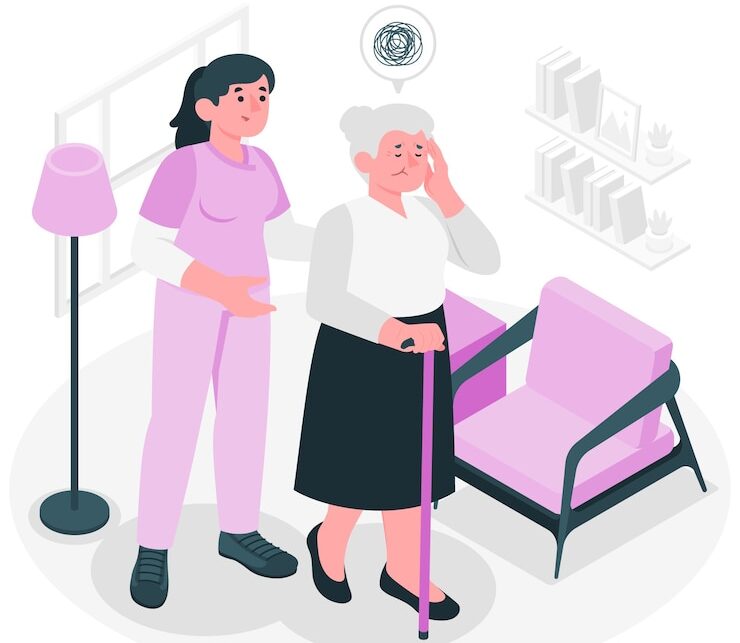Living With Alzheimer’s: Tips for Patients and Caregivers
If you or someone you know has been diagnosed with Alzheimer’s, you’re not alone. In the United States alone, over 5 million people are living with the disease. While there is no one-size-fits-all solution for dealing with Alzheimer’s, there are some things that can help. In this article, we’ll share some tips for patients and caregivers coping with Alzheimer’s. Keep reading to learn more.
Understanding Alzheimer’s Disease
Alzheimer’s disease is a progressive neurological disorder that damages and kills brain cells. It is the most common form of dementia, accounting for 60-80% of all cases. The “Stages of Dementia Chart” is a helpful visualization of the progressive deterioration in cognitive function associated with Alzheimer’s disease.
The chart is divided into six stages, beginning with Stage 1, in which patients experience no noticeable decline in cognitive ability, to Stage 6, in which they are completely dependent on others for care. Stage 1 is characterized by mild forgetfulness and occasional confusion. In Stage 2, patients begin to experience more widespread memory loss and may have difficulty completing everyday tasks.
In Stage 3, they may lose the ability to recognize friends and family members and may become agitated or withdraw from social interaction. In Stage 4, they may suffer from hallucinations or delusions and be unable to communicate coherently. In Stage 5, they are largely confined to bed and are completely reliant on others for care. And in Stage 6, they eventually die from the disease.
Preparing for the Future
As a patient’s Alzheimer’s disease or related dementia progresses, their ability to live independently declines. In the early stages, they may only need some help with basic activities like bathing, dressing, and grooming. But as the disease worsens, they may require more assistance with things like using the toilet, eating, and taking medication.
Eventually, they may not be able to perform any Activities of Daily Living (ADLs) on their own and will need full-time care in a nursing home or other long-term care facility. There are many things caregivers can do to prepare for the possibility that one day their loved one will no longer be able to live at home.
First, make sure the person has an Advance Health Directive in place specifying what kind of medical care they want (or don’t want) if they can no longer make decisions for themselves. You should also put money aside so that there will be funds available to pay for long-term care if needed. This could include setting up a special savings account or buying long-term care insurance.
If needed, arrange for regular visits from a home health aide or another type of personal support worker who can help with ADLs and other tasks around the house. Finally, take time to research local assisted living facilities or nursing homes and make appointments to talk with the health professionals and tour the facilities.
Making a Personalized Care Plan
Making a personalized care plan is important for both people living with Alzheimer’s disease and their caregivers. The care plan should be tailored to the individual’s needs and should be changed as the disease progresses.
Some things that should be included in a care plan are:
- A schedule of activities that includes both structured and unstructured activities, as well as time for rest and relaxation.
- A list of medications, including over-the-counter medications, supplements, and vitamins.
- Instructions for managing finances, such as creating a budget and tracking expenses.
- A communication plan that outlines how to best communicate with the person who has Alzheimer’s.
- Details about when and how to seek help from professionals or family members.
Living with Alzheimer’s disease can be difficult for both patients and caregivers. However, by following some tips and using some strategies, it can be made a bit easier.


















